Our Origins
Uncovering the origins of the people of Lurucina/Akincilar.
One of the most talked and debated issues of the people of Lurucina is, ”who were our ancestors”?
Even many other Cypriots not from Lurucina have made countless claims. Some insist that we were Christian Greeks who converted to save tax.
Many believe our origins were Venetians who converted to save themselves from discrimination from both Greeks and Turks. Some insist we originated from Ottoman Turks.
No historical evidence has ever been presented to back up any claim. Some arguments though sounding plausible are often based on wishful thinking, political ideology and sometimes even prejudice. .
The people of Lurucina despite identifying as Turkish Cypriots did in fact speak fluent Greek, which earned them the name Linobambaki (cotton wooleys), often used in derogatory terms to imply that they identified as Muslims to save tax or Christians to avoid National service. Some historians made fleeting references to the Linobambaki, based on “general belief” rather than research.
Both Greek and Turkish Cypriots mocked and taunted the people of Lurucina in equal measure. It was these kinds of derogatory insinuations that cemented a bond and determination to prevail and succeed in keeping our unique diverse culture on a positive footing.
Very few, if anyone, ever bothered to research our past beyond family trees leaving our history as a few simple footnotes like ”The stronghold of the Linobambaki”.[1] and so on. With so many important centres of the island like Nicosia, Kyrenia, Famagusta, no one bothered with a mere village often the target of ridicule from many sides of the ethnic community of Cyprus. Indeed some of our own community accepted the ridicule believing that our ancestors switched for personal gain.
Six years of intensive research based on original archive documents paints a completely different picture. The vast majority of the ethnic Turks of the village served for years in the military. Comparisons of the 1831 and 1879 census documents reveal nicknames, common in family identification, previously considered to reveal past Latin or Greek origins were far more recent than previously believed.
The 1831 documents shown only possible nicknames for ”Coban” (Shepherd), also known to be a name and ”Topal” (lame).[2] whilst the vast majority of nicknames arose in the last 4-5 generations. The Greek, Turkish or Latin sounding nicknames are no proof of our past ethnicity.
On close inspection there are some records of Muslim Turks marrying Christian women and converting to the Orthodox faith. Arif Mehmet Kavaz ‘Pasha’, born in 1856, married Ayse Suleyman ‘Yasumullo, but after her death married a Christian woman named Kakulla.[3]. All his later children had Christian names and moved to Limassol. No one born between the period 1750 to the present have been found to have converted from Christianity to Islam. Considering there have been at least 8000 people recorded on the village family trees, that is clear evidence that the Muslim people of Lurucina never converted to Islam.
Any argument that there were conversions after the Ottoman conquest of 1571 is flimsy as the first Ottoman census of 1572 shows there were 27 Cizye (Christian households).[4] but by 1643 this increased to 41.[5] Clear evidence that in a period of falling population count in Cyprus there was an increase in Christian households, not a decrease.
The 1879 census covers the population from 1796-1879 and reveals some interesting facts. Some were listed as being Bosnian’s, Albanian and Arabic. Nearly all the family trees researched start during the period that is around the 1750’s to early 1800’s.
The Orthodox Christian population on the other hand is more consistent. They are recorded clearly as Christians in the 1572, 1643 and 1831 census records. The turmoil and economic devastation in the 1700’s did see a massive drop in the total population of the island, and the Christian population also decreased as a result.
Though only 104 Muslim males (39 households) were recorded in 1831 (as opposed to 25 Christian males) we discovered that some of the largest family trees of the village such as the Arabic‘Kırlangıc’ (Şiliono), İbrahım Mustafa ‘Garaoli’, and Hasan Hüseyin Topal (or Çoban ) were Sipahi.[6] Sipahi refers to all freeborn Ottoman Turkish mounted troops and tribal horsemen in the Ottoman army. The word was used almost synonymously with cavalry. The Sipahis formed two distinct types of cavalry: feudal-like, provincial timarli and the paid regular Kapikulu Sipahi.[7]
The Ottoman people had rights to the land but the Sipahi a unique kind of military aristocracy and cavalry portion of the military, also lived on the land with the farmers and collected tax revenues, usually in-kind, to subsidise the costs of training and equipping the small army, dedicated to serving the sultan. Was there a reason for all these Muslim families to have settled in Lurucina during the same period? It’s possible of course that certain elements, possibly the Christian or Latin members of the population joined in rebellion, and after being subdued the Sipahi families were rewarded with land for serving the Sultan faithfully? In order to understand the role of Sipahi a few independent sources would suffice to answer the role of these cavalry men during the Ottoman Empire.
The following is from the Encyclopaedia Britannica.
“Sipahi, occasionally spelled spahi, was a feudal cavalryman of the Ottoman Empire whose status resembled that of the mediaeval European knight. The sipahi (from Persian for “cavalryman”) was holder of a fief (timar; Turkish: tımar) granted directly by the Ottoman sultan and was entitled to all of the income from it in return for military service. The peasants on the land were subsequently attached to the land and became serfs. The sipahis provided the bulk of the Ottoman army until about the mid-16th century. From then on they were gradually supplanted by the Janissaries, an elite corps composed of infantrymen paid regular salaries by the sultanate. In part, this change resulted from the increased use of firearms, which made cavalry less important, and from the need to maintain a regular standing army. The sipahis were completely discredited during the War of Greek independence (1821–32), and the timar system was officially abolished in 1831 by Sultan Mahmud II as part of his program to create a modern Western-style army.”
The Military Architecture describes them as Sipahi were the Turkish equivalent of the European armoured knights. These troops were largely accustomed to fighting on horseback and their strength lay in their mobility as mounted archers. Their light weapons and armour were designed for hit-and-run tactics.
Since Kapikulu Sipahi were a cavalry regiment it was well known within the Ottoman military circles that they considered themselves a more superior stock of soldiers than Janissaries, who were sons of Christian peasants from the Balkans (Rumelia), and were basically slaves bound by various laws of the devşirme.
Whereas the Sipahi (both Tımarlı and Kapıkulu) were almost exclusively chosen amongst ethnic Turkic landowners, they made great strides of efforts to gain respect within the Ottoman Empire and their political reputation depended on the mistakes of the Janissary. That minor quarrels erupted between the two units is made evident with a Turkmen adage, still used today within Turkey, “Atlı er baş kaldırmaz”, which, referring to the unruly Janissaries, translates into “Horsemen don’t mutiny”.
The above information is without doubt powerful evidence that the main families in Lurucina were in fact from a strong ruling class of cavalry families stationed in Lurucina during a period of immense turmoil for the Ottomans, and most important that these families were from Turkic or Arabic Muslim background (the T.C Başbakanlık Osmanlı Arşivleri. Book TŞR.KB.d.00040. Pages 45 ve 46). In fact the 1833 land ownership (Başbakanlık Osmanlı arşivlerinin ML.VRD.TMT.d.16152 numaralı defterinin 49-52. Sayfaları. Luricina köyü. 1833 yılı. Prime ministerial Ottoman Archives Book number ML.VRD.TMT.d.16152. Pages 49-52.) also confirms that these wealthy families were large landowners. Many of these families each owned large tracts of land. Just 3 members of the Ibrahim ‘Garaoli’ owned 289 donums of land plus many olive trees and animals. 3 members of The Mehmet Kadri family owned 239 donums plus an enormous number of animals and trees. Their status as Sipahi and high military positions were not easily won. For a period of immense poverty on the island the 39 registered landowners collectively owned 2363 donums. (2.210 donums in Lurucina and the rest in other locations like Limya).[8] In addition they owned various heads of animals totalling 661. Hardly an amount to be scoffed at.
They were no doubt rewarded for their services to the empire. We already knew the Mehmet Katri family were of powerful military stock. They were in fact the largest land owners in Lurucina and the name ‘Kadri’ was not the real family name but was given to Mehmet Ismail ‘Kadri’ who seems to have belonged to the order of the Qadiriyyah. The name Katri originates from Qadiriyyah. The Qadiri Order is one of the oldest Sufi Orders. It derives its name from Abdul-Qadir Gilani (1077-1166), a native of the Iranian province of Mazandaran. The order is one of the most widespread of the Sufi orders in the Islamic world, and spread to Central Asia, Turkey, Cyprus, Balkans and much of East and West Africa. The Qadiriyyah have not developed any distinctive doctrines or teachings outside of mainstream Islam. They believe in the fundamental principles of Islam, but interpreted through mystical experience. This name was normally given to certain individuals who followed the order of the Qadiriyyah. [9] What this implies for our ancestor Mehmet Katri/Kadri is not clear. What is clear however is that during the Ottoman period it was normal to use the name of the order one belonged to.
The evidence is that Muslims of Lurucina did not converted to Islam to reduce their tax burden. Yet most if not all villagers spoke fluent Greek.
The Siliono’s, Garaoli’s, Topal Hasan’s and Kadri families are proven to belong to the Muslim sect at least since 1831. On closer inspection the marriages of the men and women between these families is further evidence that they inter-married due to their high class status. The marriage of Ayse Yusuf ‘Siliono’ with Mehmet Kavaz. (from the Kadri family), Serife Ibrahim ‘Garaoli’ with Hasan Yusuf ‘Arap’ are just two examples that families married because of their status and large ownership of land.
The Arabi’s came from a family that had a Sipahi (Namely Mustafa Yusuf born in 1791) as their elder, while the Kadri’s/Kavaz had a unique place in Lurucina. Yet we all know that our grandparents born in the late 1800’s to these family groups could hardly speak Turkish.
Nearly all the villages in the area were Greek speaking, the conditions of mass ignorance, isolation and non existent communications in the period of 1830 to 1930 are well documented. The collapse of the Sipahi during the 19th century and abandonment of Ottoman rule inevitably led these once proud warriors and rich landowners to the loss of their privileges. Their survival forced much more integration with the local people who were predominantly Greek speaking which most likely led to the decline of the Turkish Language in the village.
This is no different to the Cypriots who in the 1950’s and 1960’s settled in the UK and whose children now only speak English. The same applies to Greek, Italian and other 2nd 3rd generation youngsters who cannot speak the language of their parents.
There is no real reason to doubt the contemporaneous records those like Ibrahim Tahsildar and Huseyin Geleo who recorded the past origins of our ancestors. They recorded that the ‘Garaoli’s came from Kofunye/Kofinou, the Arabic Siliono’s from Pirga, the Sari Mehmet Hurrem bey from Antalya, Mehmet Mustafa Said from Silifke, the Porto and Alikkos from Dali, the Kara-Ismail from Karpaz and Suleyman Yusuf ‘Zabuni’ from Kalopsidia.
Ibrahim Tahsildar was himself born in 1893 while Huseyin Suleyman Geleo was born in 1882. Ibrahim (as his nickname Tahsildar confirms was a tax collector) kept records of all the family trees. A man accustomed to good record keeping, as with his precise details of his great grandfather Suleyman Yusuf marrying in 1798.[12]
The 1831 census shows that the oldest children of Suleyman were born in 1801 (Yusuf) & 1806 (Ibrahim).[13] Conclusive proof that Ibrahim was a reliable source of information on our roots.
The views and detail here is based on original documented evidence, which have been located not only in The Milli Arsiv of Kyrenia (National Archives of Kyrenia) but also at the Turkish Republic Prime Ministerial Ottoman Archives of Istanbul.
No doubt the search for more documents on our roots and history will continue. Research is never ending and only a fool will submit that everything has been found.
The original documentation found to date is sufficient evidence to dispel the myth that Lurucina was founded by the fabled Venetian beauty Lorenzia and our so called genetic link to the Venetians
[1] Rupert Gunnis. Historic Cyprus. Pages 329-330.
[2] Republic of Turkey Prime Ministry Ottoman Archives, family number 45 and 46 in the book number TŞR.KB.d.00040. No’s 80-89.
[3] Records of İbrahım Tahsildar The Mehmet Katri family pages 38-69.
[4] Ahmet Gazioğlu Turks in Cyprus page 181. & table II page 21 of Halil İnalcık’s, Ottoman policy and administration in Cyprus after the conquest.
[5] History Studies, International Journal of History. 2012. Page 136.
[6] Republic of Turkey Prime Ministerial Archives,
[7] Osprey military, men-at-arms series. Edition 140. 1983 & Armies of the Ottoman empire 1775-1820 edition 314 by David Nicolle PhD & Angus McBride.
[8] Prime Ministerial Ottoman archives (PM) notebook number ML.VRD.TMT.d.16152, pages 49-52. Lurucina village. Year 1833.
[9] Wikipedia & Encyclopaedia Britannica.
[10] Ottoman census 1879 Doc No’s 287-1 to 334-1. National Archives and Research Institute of Kyrenia.
[11] Records of İbrahım Tahsildar pages 1-211
[12] Records of İbrahım Tahsildar page 4.
[13] Republic of Turkey Prime Ministerial Archives, page 45-46 of the book numbered TŞR.KB.d.00040. persons No’s; 90 & 9
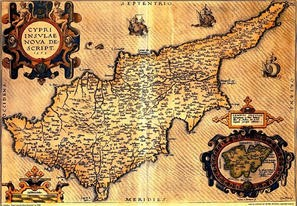
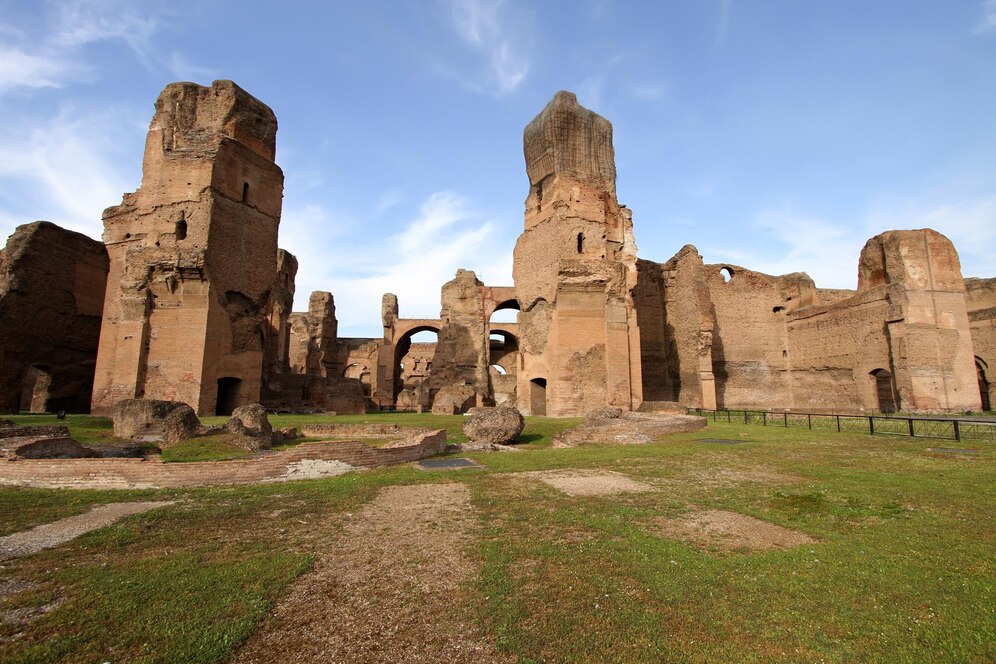
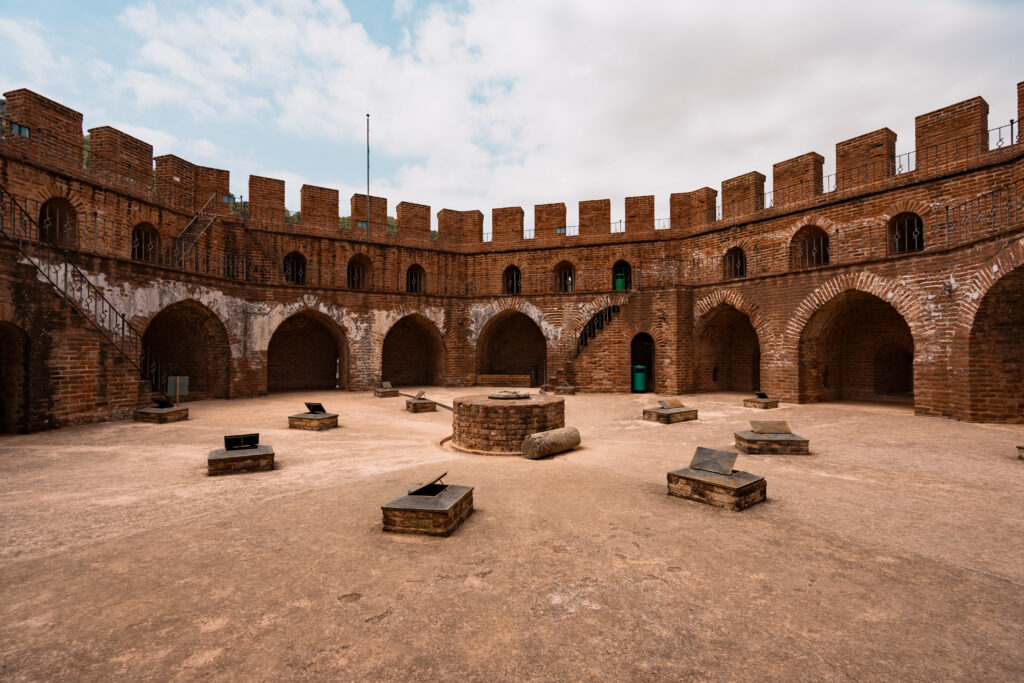
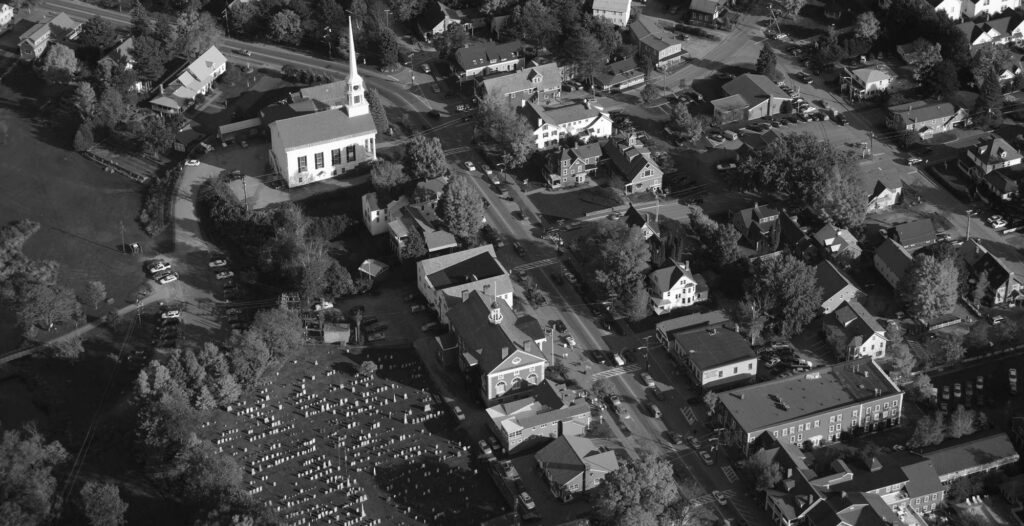
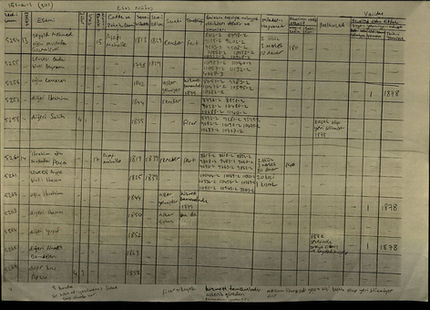

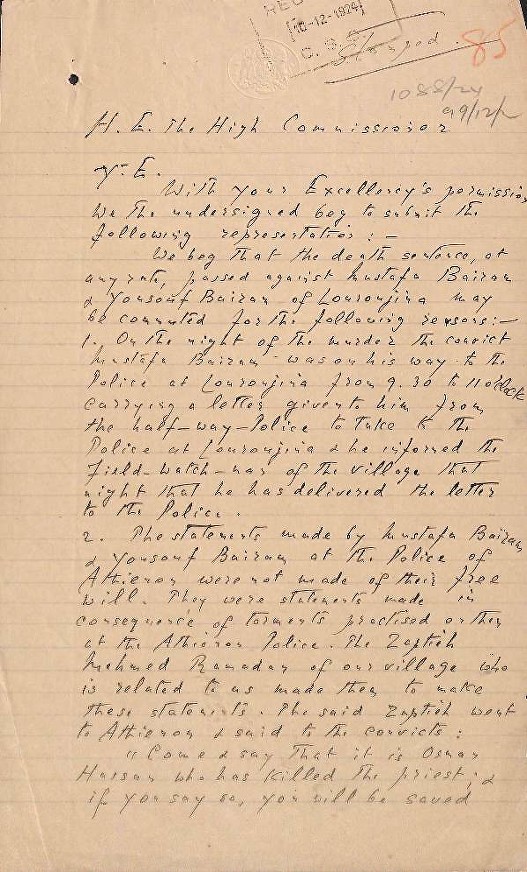
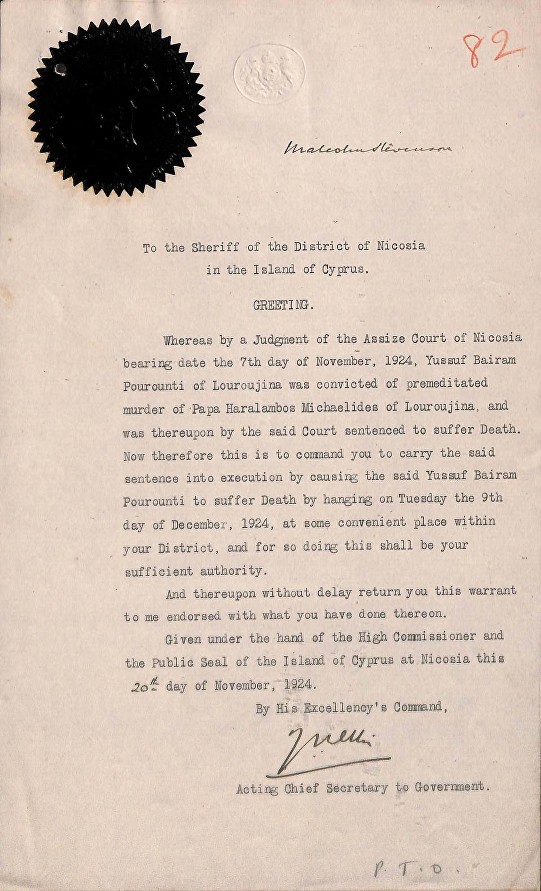
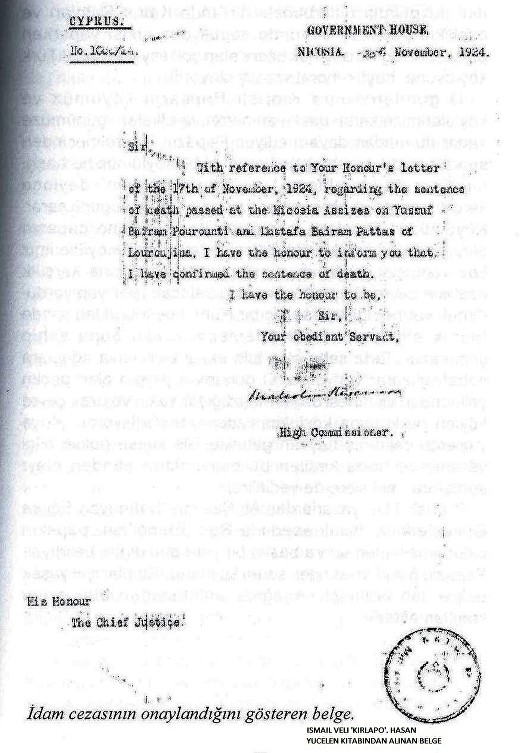


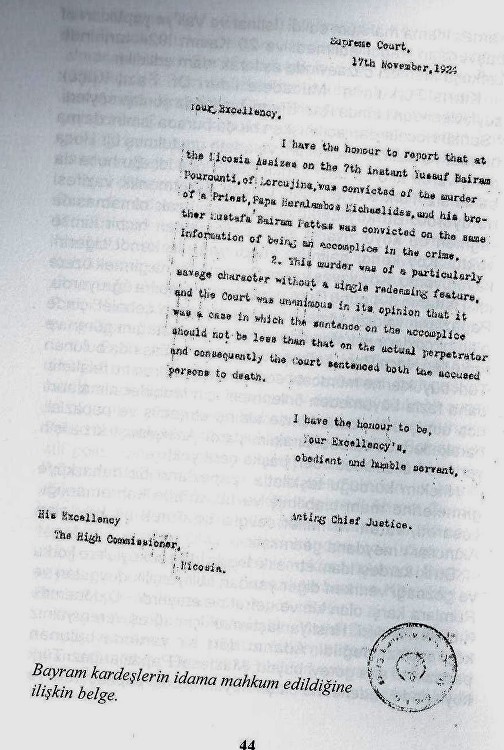

0 Comments